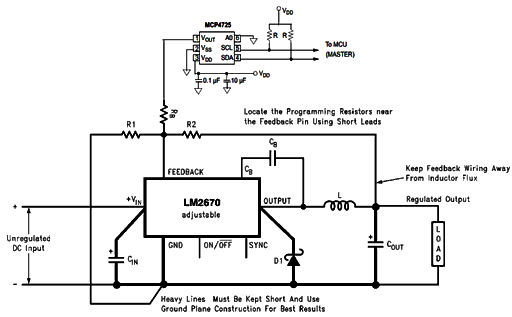I'm trying to design a portable rechargeable bench power supply. I have a 12V sealed lead-acid battery (WP7.2-12) which I can use as the main power source. These batteries are cheap and easy to source, and have reasonable power output specifications.
I would like to be able to digitally control the output voltage and current using a microcontroller.
I'm seeking advice for a voltage/current output controller which would be reasonably easy to interface with a MCU. It needs to be digitally controlled (i.e. serial, SPI, I2C, 8-bit bus, etc), and should be able to provide two modes of operation:
- Voltage output with selectable voltage and maximum current (0-12V, 0-10A)
- Constant current output with selectable current output (0-10A)
(Maybe these features need to be implemented as two separate circuits, using relays to connect the output to one or the other...)
Would an LED driver such as those referenced here be a good route for this type of controller, or would it be best to roll-my-own circuitry for this? Any pointers/tips appreciated.
Obviously there are other components (i.e. overcurrent protection, battery charge controller, deep-discharge prevention, user interface, etc.) that must be implemented as well, but for this question I'm simply seeking a way to control the output voltage/current per the above.
Thanks!





